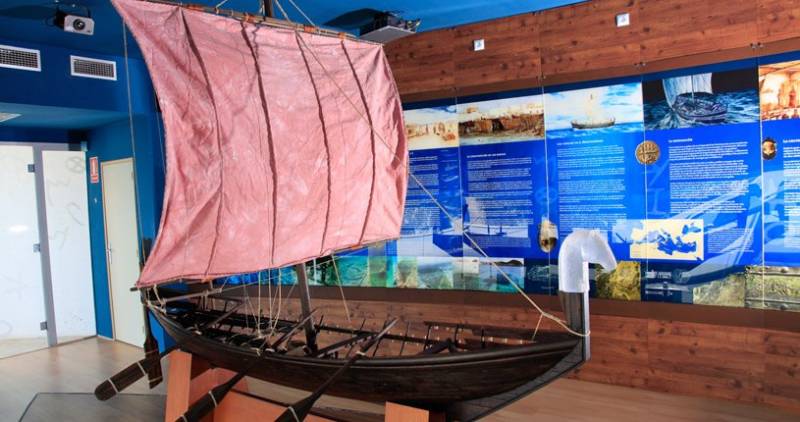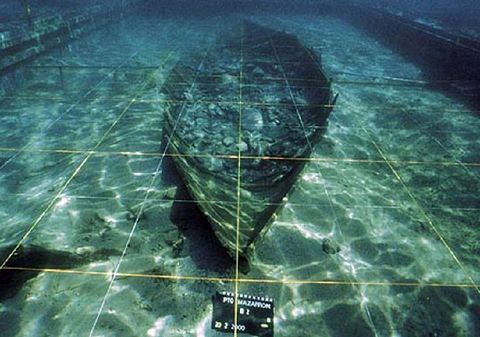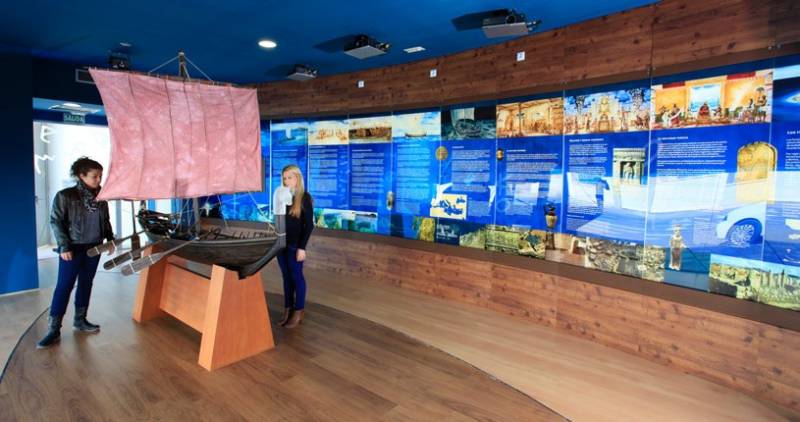- Region
- Águilas
- Alhama de Murcia
- Jumilla
- Lorca
- Los Alcázares
- Mazarrón
- San Javier
-
ALL AREAS & TOWNS
- AREAS
- SOUTH WEST
- MAR MENOR
- MURCIA CITY & CENTRAL
- NORTH & NORTH WEST
- TOWNS
- Abanilla
- Abarán
- Aguilas
- Alamillo
- Alcantarilla
- Aledo
- Alhama de Murcia
- Archena
- Balsicas
- Blanca
- Bolnuevo
- Bullas
- Cañadas del Romero
- Cabo de Palos
- Calasparra
- Camping Bolnuevo
- Campo De Ricote
- Camposol
- Canada De La Lena
- Caravaca de la Cruz
- Cartagena
- Cehegin
- Ceuti
- Cieza
- Condado de Alhama
- Corvera
- Costa Cálida
- Cuevas De Almanzora
- Cuevas de Reyllo
- El Carmoli
- El Mojon
- El Molino (Puerto Lumbreras)
- El Pareton / Cantareros
- El Raso
- El Valle Golf Resort
- Fortuna
- Fuente Alamo
- Hacienda del Alamo Golf Resort
- Hacienda Riquelme Golf Resort
- Isla Plana
- Islas Menores & Mar de Cristal
- Jumilla
- La Azohia
- La Charca
- La Manga Club
- La Manga del Mar Menor
- La Pinilla
- La Puebla
- La Torre
- La Torre Golf Resort
- La Unión
- Las Palas
- Las Ramblas
- Las Ramblas Golf
- Las Torres de Cotillas
- Leiva
- Librilla
- Lo Pagan
- Lo Santiago
- Lorca
- Lorquí
- Los Alcázares
- Los Balcones
- Los Belones
- Los Canovas
- Los Nietos
- Los Perez (Tallante)
- Los Urrutias
- Los Ventorrillos
- Mar De Cristal
- Mar Menor
- Mar Menor Golf Resort
- Mazarrón
- Mazarrón Country Club
- Molina de Segura
- Moratalla
- Mula
- Murcia City
- Murcia Property
- Pareton
- Peraleja Golf Resort
- Perin
- Pilar de la Horadada
- Pinar de Campoverde
- Pinoso
- Playa Honda
- Playa Honda / Playa Paraíso
- Pliego
- Portmán
- Pozo Estrecho
- Puerto de Mazarrón
- Puerto Lumbreras
- Puntas De Calnegre
- Region of Murcia
- Ricote
- Roda Golf Resort
- Roldan
- Roldan and Lo Ferro
- San Javier
- San Pedro del Pinatar
- Santiago de la Ribera
- Sierra Espuña
- Sucina
- Tallante
- Terrazas de la Torre Golf Resort
- Torre Pacheco
- Totana
- What's On Weekly Bulletin
- Yecla


- EDITIONS:
 Spanish News Today
Spanish News Today
 Alicante Today
Alicante Today
 Andalucia Today
Andalucia Today
Phoenician boat interpretation centre in Puerto de Mazarron
Visitors centre for the 2600-year-old Phoenician boats of Mazarrón I and Mazarrón II
 Mazarrón is the location of an important marine archaeological site in the Playa de la Isla, one of the beaches on the coastal road leading out from Puerto de Mazarrón to Bolnuevo.
Mazarrón is the location of an important marine archaeological site in the Playa de la Isla, one of the beaches on the coastal road leading out from Puerto de Mazarrón to Bolnuevo.
The wrecks of two Phoenician boats have been discovered in Mazarrón, dating back to the 6th/7th century BC, one of them (Mazarrón II) in remarkably good condition: these provide valuable information for archaeologists about the processes of Phoenician shipbuilding techniques at the time they were trading along the Mediterranean coast of the Iberian Peninsula over 2000 years ago.
Mazarrón I was discovered in 1988 as an indirect result of the construction of a new marina. The excavations caused sand from surrounding beaches to be literally sucked away from the seabed, revealing remains concealed beneath the sand further along the beach. Mazarrón I is a type of vessel known a "hippos", built for speed rather than cargo capacity and used for ferrying loads out to larger vessels in deeper water or transporting goods along the coastline.
The boat was in a poor state of repair and the remains were dispersed across the sea bed, along with a quantity of amphorae which the vessel is believed to have been carrying. The remains are currently on show in the ARQUA marine archaeology museum in Cartagena. They are fairly scant, but there are interesting displays in the museum relating to the Phoenicians, along with elephant tusks and ceramics recovered from this and other sites and a reproduction of Mazarrón II.
Mazarrón II was not discovered until 1994, and is virtually intact, complete with a cargo of lead ingots weighing 2,820 kilos - a major volume for a vessel only 8 metres long and 2.25 metres wide.
 The cargo was removed and excavations carried out to map and survey the area, before the boat was sealed inside a protective steel casing on the seabed. It still lies there at a depth of only 3 metres, although some of the cargo can be seen in the ARQUA and the archaeological museum in Cartagena.
The cargo was removed and excavations carried out to map and survey the area, before the boat was sealed inside a protective steel casing on the seabed. It still lies there at a depth of only 3 metres, although some of the cargo can be seen in the ARQUA and the archaeological museum in Cartagena.
Among the most exciting finds in Mazarrón II were a plant fibre basket with the wooden handle intact and the anchor, in perfect condition, the best example ever found of its type. In the ARQUA is a reconstruction of the boat and contents as she lay on the sea bed, showing its size and structure, and the minimal wooden remains are among very few of the same age to have been found worldwide.
The Phoenician boat interpretation centre in Puerto de Mazarrón
 The visitors' centre contains an exquisitely made small scale replica of Mazarrón II, crafted using the same building techniques and types of wood as were used in the original. The choice of different woods depended on their elasticity and texture: cypress was used for the keel, fig for the frame, pine for the strakes (side panelling) and olive for the tabs before the whole structure was coated with pine resin.
The visitors' centre contains an exquisitely made small scale replica of Mazarrón II, crafted using the same building techniques and types of wood as were used in the original. The choice of different woods depended on their elasticity and texture: cypress was used for the keel, fig for the frame, pine for the strakes (side panelling) and olive for the tabs before the whole structure was coated with pine resin.
The Phoenicians were master mariners and sailed along the whole of the Mediterranean coast 3,000 years ago, dominating shipping and trading ports from modern day Lebanon, Cyprus, Crete and Malta to Southern Italy and the Spanish coast as far as Cadiz, as well as the northern coast of Africa.
But few traces remain of their seafaring history, so it was a major coup for Mazarrón when these boats were discovered almost intact after some 2,700 years underwater.
 The visitor provides good information in English while the model of the boat and display boards give information about the Phoenician culture and marine explorations. An atmospheric two-minute presentation in Spanish talks about the discovery of the boat, showing the remains in situ.
The visitor provides good information in English while the model of the boat and display boards give information about the Phoenician culture and marine explorations. An atmospheric two-minute presentation in Spanish talks about the discovery of the boat, showing the remains in situ.
The centre is worth a short visit: apart from the scale reconstruction the information panels are interesting but brief. A morning the ancient history of Mazarrón is easily completed with a visit to the Roman Fish Salting Museum, and there are also Roman remains of a house in Calle Era and fish salting tanks alongside the beach of Playa Gachero.
Its also advisable to check with the tourist office if the centre is open as hours do vary. Tourist office number 968 594 426
The Centre is located on the left hand side, just out of the Puerto de Mazarron, on the main coastal road running to Bolnuevo. The bay known as Playa de la Isla is about half a km from the El Arbol supermarket on foot, so is walkable with a good degree of mobility, otherwise there is plenty of parking nearby.
CENTRO DE INTERPRETACIÓN BARCO FENICIO DE MAZARRÓN
 Address: Avenida Tierno Galván, 6, 30860 Puerto de Mazarrón
Address: Avenida Tierno Galván, 6, 30860 Puerto de Mazarrón
Telephone: 968595242
Email: factoriaromana@mazarron.es
Opening hours
Monday and Tuesday: closed.
Wednesday to Saturday: winter 10.00 to 13.00 and 17.00 to 18.00, summer 10.00 to 13.00 and 18.00 to 21.00
Sunday: 10.00 to 13.00 (all year round)
Entry is free of charge
Access to the museum is good, with ramps for the disabled throughout. Parking is available in the nearby streets but in summer the area is extremely busy.
Images: Murcia Today and visitamazarron.com (Town Hall site)
For more local visiting information as well as news and events go to the home page of Mazarrón Today.
staff.inc.ali
Sights to see in Mazarrón



































